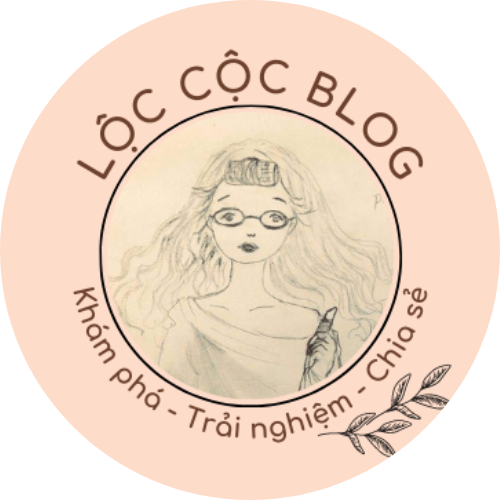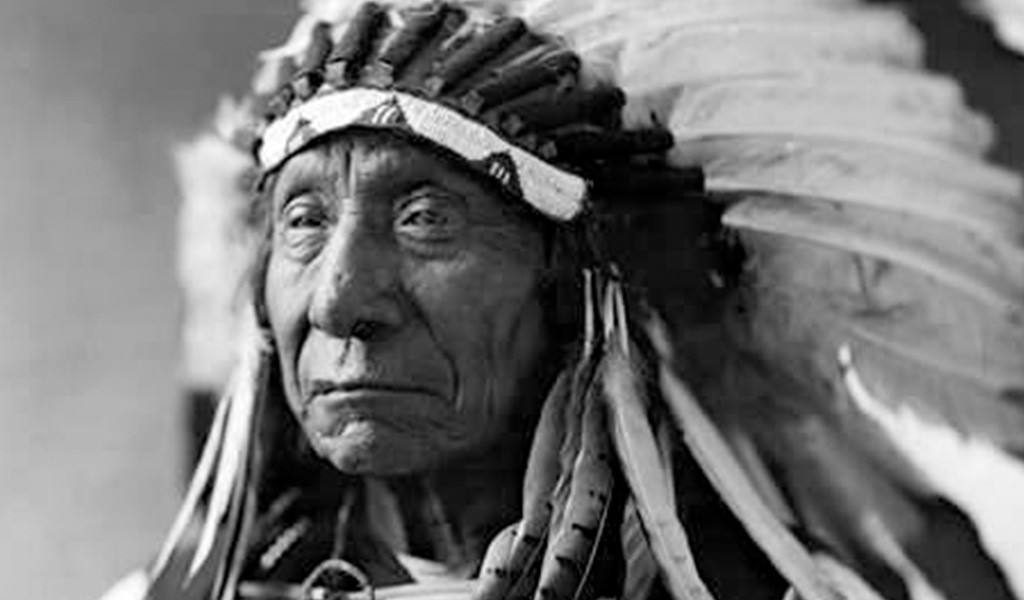Name: Nguyễn Thị Bích Lộc
Class: 15E11
Subject: Topics in American Study.
Topic: One big question for minority groups in America is how to maintain their identity. Is it important to maintain one’s identity? Why/ why not? What ways have been used by the minority groups in America to maintain their identity? Use a wide range of examples from different minority groups in America to illustrate your points.
Essay
It is a widely known that America is famous for the diversity of ethnic groups with different identities. The US population is comprised of the dominant White and 5 more major ethnic minority groups which are the African American, the Hispanic American, the Asian American, the Native American (American Indian and Native Hawaiin), and the African American, who are account for totally 38,28% of the US population in 2015 (Statista, 2015). In this most modern, developed country with a competitive and hectic lifestyle, a question has been raised to the minority groups that how they can keep their distinct ethnic identity among many other groups and whether it is essential to maintain this distinction or not? The answer is that preserving one racial identity is one of the fundamental mission for these minority groups because it serves as a template of cognitive channel, avoidance of prejudice and bad behavioral outcomes, and lastly, improvement of school performance. There have been many ways used by different minority groups to keep their identity.
Initially, to acquire the comprehensive knowledge about this issue, it is integral to know what the ethnic identity is. One of the popular definition of this term by Phinney (2003) is that “ethnic identity is a dynamic, multidimensional construct that refers to one’s identity, or sense of self as a member of an ethnic group” (as cited in Trimble & Dickson, 2005), so it can be deduced that the identification may be the shared language, culture, custom or original place of this group (Trimble & Dickson, 2005).
Then, it needs to answer the question that should these sense of belonging to a group and the interpretation, understanding and identification of the group member toward their ethnic group be maintained in American society. Actually, preserving one group’s heritage is necessary as it is proved by the 3 prominent following points. The first reason is that, in general, it has a popular meaning related to the cognition of the ingroup and outgroup members. Helm (1990) claimed that people perceive and collect the information of themselves and others through the ethnic identity, which is influenced by the culture and society surrounding, as a cognitive background (as cited in Jaret & Reitzes, 1999). Moreover, “Understanding your personal heritage is important for getting a sense of how you are, as an individual, can contribute to a larger cause and really make a difference” (“The Value of Preserving…”, 2015). Therefore, the racial identity is considered one of the most influential factor in the creation of each person’s identity, and maintaining the identity can help them understand themselves and communicate with their ingroup member as well as intergroup people effectively. Second, it helps the member deal with ethnic discrimination and negative behavior. The “ethnic discrimination” can be understood as “the behavioral manifestations of prejudice, including unfair treatment based on racial and ethnic differences” (Gee, Ryan, Laflamme, & Holt, 2006, as cited in Joyce, et al., 2014). Some researches show that understanding and valuing one ethnic identity can be a weapon to struggle with these problems. “Positive in-group attitudes and identification are correlated with higher self-esteem, less stress and less delinquent involvement” (McCreary, Slavin, & Berry, 1996; Beale-Spencer, Cunningham, & Swanson, 1995, as cited in Oyserman & Harrison, n.d) and “By nature of having clear understanding and appreciation for one’s ethnic background along with a sense of belonging with a larger collective group, ethnic identity is theorized to be positively associated with psychological adjustment and well-being” (Joyce, et al., 2014). As a result, a strong cognition toward the racial identity can help people overcome impediment and racial prejudice as well as avoid the negative behaviors. Finally, a strong ethnic identity may contribute positively to the young’s performances. Several researches have indicated that “regard contributes to positive outcomes only when race or ethnicity are central aspects of individuals’ identities (e.g. Caldwell, Sellers, Bernat, & Zimmerman, 2004; Chavous, Revas-Drake, Smalls, Griffin, & Cogburn, 2008), while other studies directly link centrality with positive academic and mental health outcomes among adolescents of Mexican, Chinese, and European American backgrounds (Fuligni, Witkow & Garcia, 2005) and for African American adolescent boys (Chavous et al.)” (as cited in Charmaraman & Grossman, 2010). In conclusion, preserving the racial identity is important for the minority groups in the USA to achieve success, uniqueness and well-being.
Despite achieving the success in ethnic identity maintenance is not an easy mission for minority enclaves in America, they still have endeavoured to implement several ways. Native American people are facing with the risk of losing their identity like their tribe language, their custom and culture. However, they have realized that it is necessary to have a preservation. For example, according to University of Colorado Boulder linguistics professor Andrew Cowell, only the 60 or 70-year-old Arapaho tribe people can speak their mother tongue fluently, so they have perceived the need of retaining this language and made some attempts to document the language and teach the young people; he also said that in order to learn the Hawaiians’ program, since 1970s-1980s, the Native American tribes had started to go to Hawai and offered the Hawaiin to instruct them to learn the native language in their homeland (Simpson, 2017). Moreover, few groups and organizations have been established by the Native American themselves to accomplish the sustentation. On the Pine Ridge Lakota Reservation, the Sundance rites is still remained by the Native American (Harris, 2009), or American Indian Center in Uptown, Chicago- a place where reservation acts from the authority hardly reach, it serves as an attempt to create a social and cultural center of Native America to disseminate their culture and history to their community as well as other Americans (Glanton, 2014). Similarly, the Hispanic also struggle to sustain and spread their language and culture among their enclave and the US community. A fine example is The North American Academy of the Spanish Language, founded by the Spanish poet Odón Betanzos in New York; or in Washington, D.C., the conversion of the Embassy of Mexico building into the Mexican Cultural Institute helps to bring the Mexican art gallery and many events of to public (Dorn, n.d.). Dorn (n.d.) also noted that: “Thanks to continued immigration, poets and writers from Latin America thrive here, as do homegrown Latino/Hispanic writers”, and “The first Hispano writer recorded on tape by the Library of Congress is Sabine Ulibarri from New Mexico, another one was Luis Leal” is a typical case. As for the Asian American, they seem to have a strong perception of their racial identity through many ways of keeping their identity. Korean people in America, for instance, Yang (1984) indicated that they rely on the frequent Church activity to strengthen their identity, and by gathering on the church, Korean immigrant can keep Korean culture and nationalism (Kim & Yeon 2012). Additionally, the concentrated residential areas of the Asian America like China Town or the Little Sai Gon is very effective, as Mazumdar et al. said that they play an important role in “communicates its Asian heritage, reaffirming ethnic identity, expressing nostalgia for places left behind, and ‘engraving’ on the new landscape memories from the past” (as cited in Terzano, 2014). In the case of Chinese American, Rodriguez has also seen that in the 1930s, bussinesspersons in China Town supported and even required the “Chinese-style storefronts” to be installed, and their employees must wear traditional dress during the festival, so not only did this decision help to attract outsider customers, but it also strengthened the China culture and ethnic identity (Terzano, 2014). African American, with a long slavery time, they still did not give up to keep their identity. In the middle of the 20th century, many acts and efforts were created to nourish and retain the African Identity. The establishment of National Center for Afro-American Artists in 1968 and Museum fostered African American cultural pride are the fine example of sharing heritage and influencing the African American identity in Boston those days (“African American”…,n.d.). Recently, there have been many persons passionate about African American preservation like Miss. LaNesha DeBardelaben, a new African American director of the Northwest African American Museum, has been successful to bring the museum from a difficult birth to be thriving as she wanted: “draw more people, not just from the city but from around the region, and to bring national notice to NAAM” (Large, 2018).
Retaining and nourishing the racial identities of the minority group in the US, particularly under the context of globalization and risk of assimilation is a tough question nowadays. Nevertheless, it is crucial for the group members to realize how necessary the ethnic identity is in relation to ethnic cognition and understanding, discrimination and negative behaviors prevention, and finally, promotion in academic performance of the young. The ethnic minority communities have made considerable endeavors to do this work and gained many achievements, which also contributes to the creation of a diverse cultural America.
Word count: 1485
Reference list
African American Identity and Activisim (n.d.) Northeastern University. Retrieved from http://www.lib.neu.edu/archives/voices/aa-intro.htm
Charmaraman L., & Grossman J., M., (2010). Importance of race-ethnicity: An exploration of Asian, Black, Latino, and Multiracial adolescent identity. Cultur Divers Ethnic Minor Psychol. 2010 Apr; 16(2): 144–151. Retrieved from https://www.ncbi.nlm.nih.gov/pmc/articles/PMC2868515/
Glanton D., (2012). American Indians in Chicago struggle to preserve identity, culture and history. Chicago Tribune. Retrieved from http://www.chicagotribune.com/news/ct-met-american-indians-20120813-story.html
Harris P., (2009). American Indians strive to preserve customs. The Guardian. Retrieved from https://www.theguardian.com/world/deadlineusa/2009/mar/23/native-american-indian-culture
Jaret C., & Reitzes D. C., (1999). The Importance of Racial-Ethnic Identity and Social Setting for Blacks, Whites, and Multiracials. Sociological Perspectives. Vol. 42, No. 4, pp. 711-737. Retrieved from https://www.jstor.org/stable/1389581?newaccount=true&read-now=1&seq=1#page_scan_tab_contents
Joyce P. L., Richard M. L., Alison W. H., & Oh M. K., (2014). Ethnic Identity as a Moderator against Discrimination for Transracially and Transnationally Adopted Korean American Adolescents. Asian Am J Psychol. 2015 Jun; 6(2): 154–163. Retrieved from https://www.ncbi.nlm.nih.gov/pmc/articles/PMC4530545/
Kim C. & Yeon K. E., (2012). “Becoming “American” and maintaining “Korean” identity through media: a case study of Korean married immigrant women in Mizville.org.” PhD (Doctor of Philosophy) thesis, University of Iowa. Retrieved from https://ir.uiowa.edu/cgi/viewcontent.cgi?article=3485&context=etd
Large J., (2018). New leader brings passion, growth to Seattle’s Northwest African American Museum. The Seattle Times. Retrieved from https://www.seattletimes.com/seattle-news/new-leader-brings-passion-growth-to-seattles-northwest-african-american-museum/
Oyserman D., & Harrison K., (n.d.). African American Identity in Adolescence. Retrieved from https://dornsife.usc.edu/assets/sites/782/docs/doyserman.pdf
Simpson K., (2017). Tribes across North America working to preserve languages heading toward extinction. The Denvor Post. Retrieved from https://www.denverpost.com/2017/04/23/native-tribes-preserving-languages/
Statista, 2015. Percentage distribution of population in the United States in 2015 and 2060, by race and Hispanic. Retrieved from https://www.statista.com/statistics/270272/percentage-of-us-population-by-ethnicities/
Terzano K., (2014). Commodification of Transitioning Ethnic Enclaves. Behav Sci (Basel). 4(4): 341–351. Retrieved from https://www.ncbi.nlm.nih.gov/pmc/articles/PMC4287693/
The Value of Preserving Asian Cultural Heritage in 2015, (2015). Golden lotus foundation.Retrieved from https://goldenlotusfoundation.org/value-preserving-asian-cultural-heritage-2015/
Trimble, J. E. & Dickson, R. (2005). Ethnic identity. In C. B. Fisher & R. M. (Eds.), Encyclopedia of applied developmental science, (pp. 415-420) Volume I. Thousand Oaks: Sage. Retrieved from http://pandora.cii.wwu.edu/trimble/research_themes/ethnicity_identity.htm


Leave a Reply